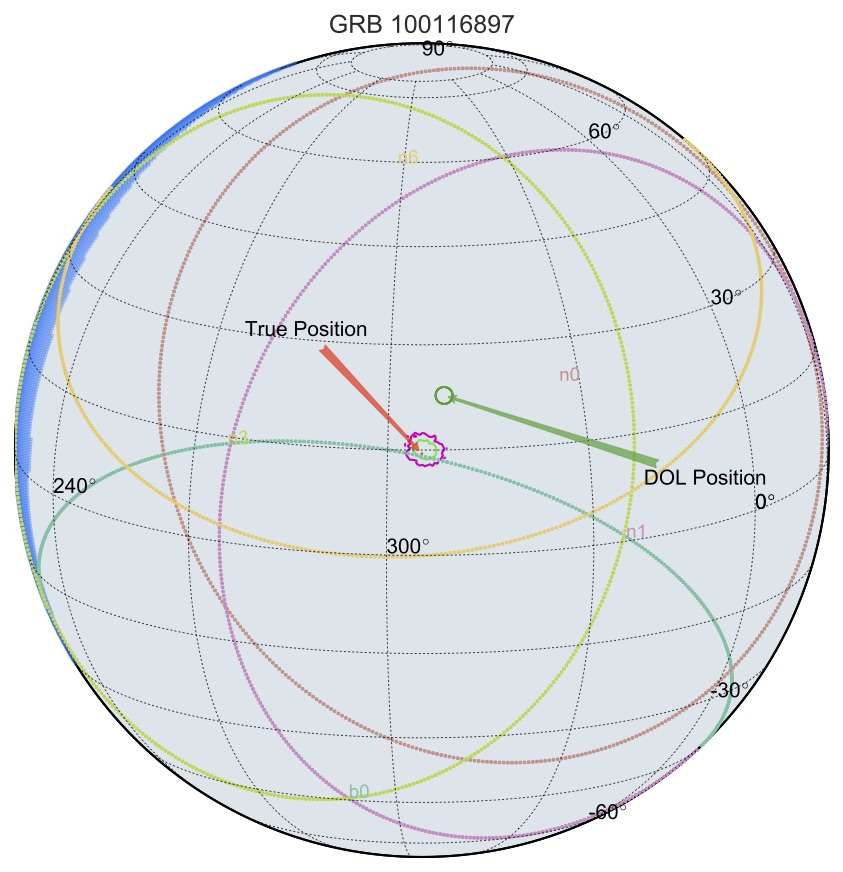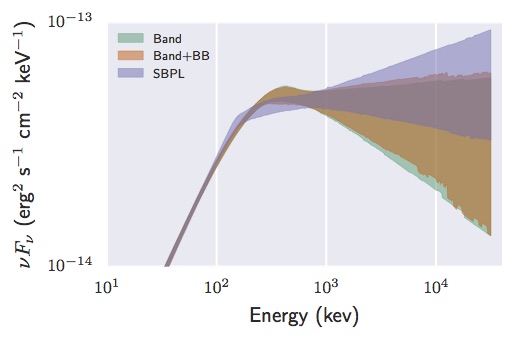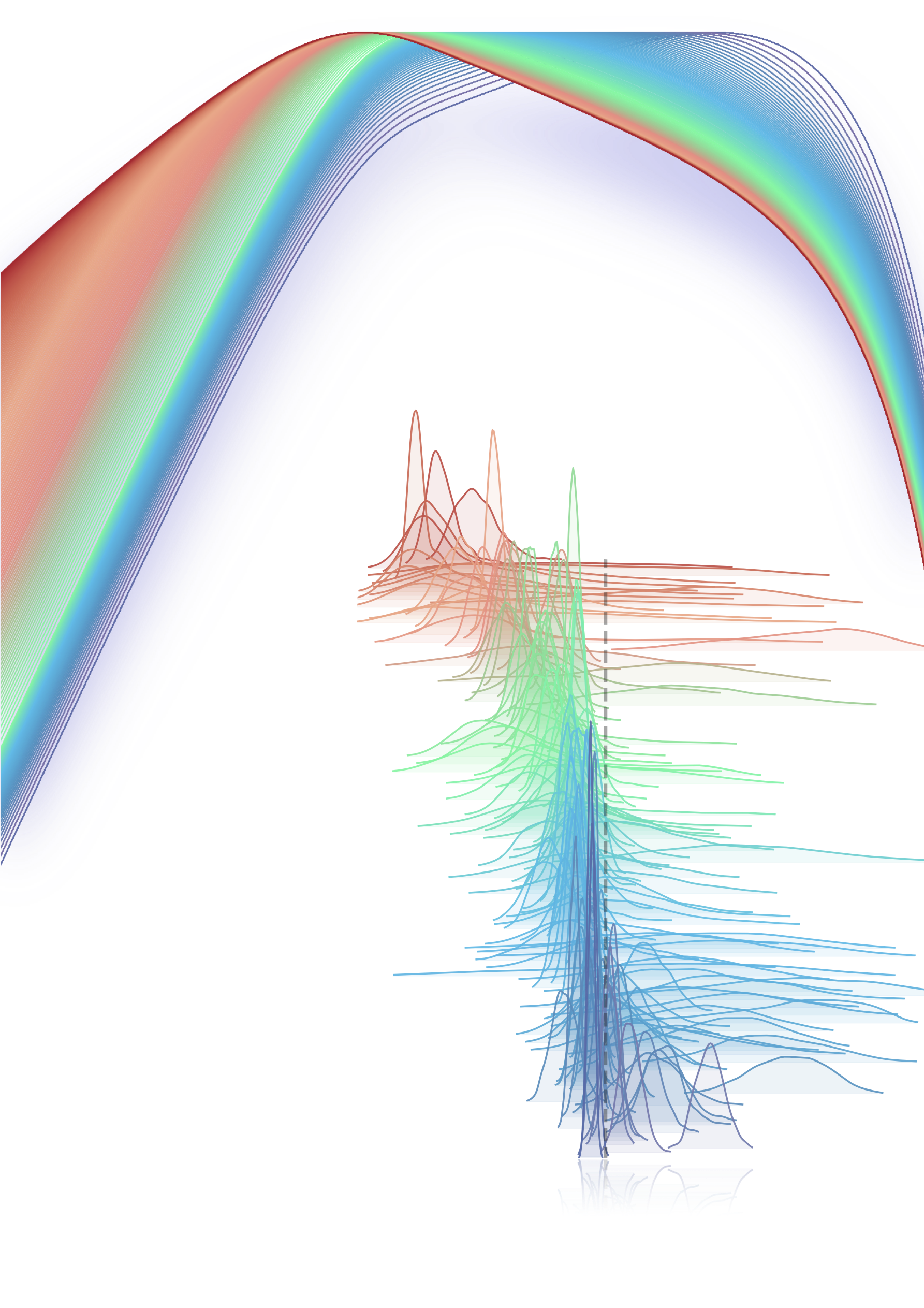BALROG
Updated:
The accurate spatial location of gamma-ray bursts (GRBs) is crucial for both producing a detector response matrix (DRM) and follow-up observations by other instruments. The Fermi Gamma-ray Burst Monitor (GBM) has the largest field of view (FOV) for detecting GRBs as it views the entire unocculted sky, but as a non-imaging instrument it relies on the relative count rates observed in each of its 14 detectors to localize transients. Improving its ability to accurately locate GRBs and other transients is vital to the paradigm of multi-messenger astronomy, including the electromagnetic follow-up of gravitational wave signals. Here we present the BAyesian Location Reconstruction Of GRBs ({\tt BALROG}) method for localizing and characterising GBM transients. Our approach eliminates the systematics of previous approaches by simultaneously fitting for the location and spectrum of a source. It also correctly incorporates the uncertainties in the location of a transient into the spectral parameters and produces reliable positional uncertainties for both well-localized sources and those for which the GBM data cannot effectively constrain the position. While computationally expensive, {\tt BALROG} can be implemented to enable quick follow-up of all GBM transient signals. Also, we identify possible response problems that require attention as well as caution when using standard, public GBM DRMs. Finally, we examine the effects of including the variance in location on the spectral parameters of GRB 080916C. We find that spectral parameters change and no extra components are required when these effects are included in contrast to when we use a fixed location. This finding has the potential to alter both the GRB spectral catalogs as well as the reported spectral composition of some well-known GRBs.




Leave a Comment